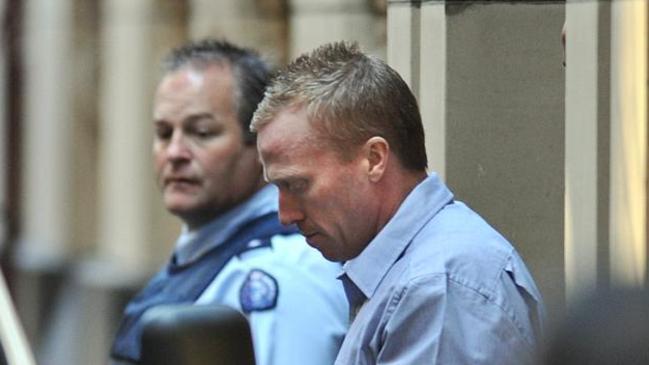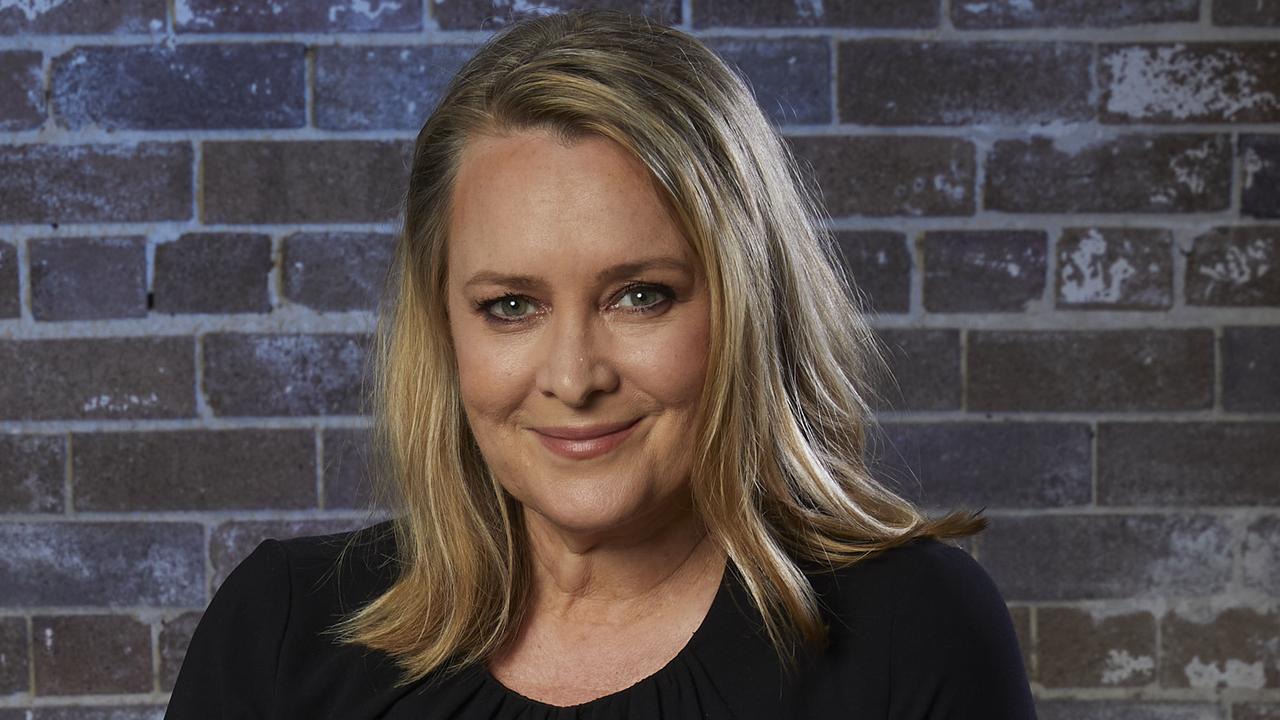Courts in dock over Adrian Bayley suppression orders
The case of Adrian Bayley has shown how the courts have struggled to come to grips with the modern media.

There are many who nostalgically remember the simpler times recorded by newsrooms of old, filled with clacking typewriters and cigarette smoke — when your readers picked up a pen to vent their thoughts on an article instead of firing off an abusive 140 characters or a vicious website posting.
In those days, keeping legally sensitive issues out of the press was an easier task as judges could control the flow of information by dealing directly with a dedicated corps of court reporters writing for a known range of news outlets.
The case of Adrian Bayley has shown how the courts, which run on tradition and rules, have struggled to come to grips with the modern media. When news of Bayley’s latest rape convictions broke last week, it was a shock to most of the community.
A broad-ranging suppression order imposed by Victorian County Court judge Sue Pullen last June had banned publication of any information relating to Bayley’s previous criminal history — including the crime which made him notorious, the murder of ABC employee Jill Meagher.
Within two weeks, the first breach occurred when the Nine Network referred to Bayley in a story about the parole system.
A similar breach followed within days, when an ABC 7.30 report, which aired on the first day of Bayley’s rape trial, referred to “serious offenders like the serial rapist who killed Jill Meagher”.
The story pushed Judge Pullen to delay the two other cases against Bayley for nine months — but the trouble wasn’t over.
In an opinion piece published while the jury was deliberating on whether Bayley had raped a prostitute in 2000, Sunday Age columnist Clementine Ford wrote about Jill Meagher’s murder.
She explicitly mentioned the fact that Bayley had previously been imprisoned for raping five sex workers, breaking the suppression order and referring to the fact of a similar criminal history.
Once the suppression order was lifted last week, Ford took to Twitter to defend herself, saying she had been unaware of any suppression orders, along with her editor, her publisher (though Fairfax was notified of the order) and “countless other journos”.
Asked if she was sorry for the breach, she replied she was, saying “I was horrified at the time and still am. How could I not be horrified at unknowingly threatening justice?”
Judge Pullen was adamant that her suppression order should be enforced by contempt of court charges, but none have so far been laid against any media organisation or New Holland publishers, which published a book about Bayley and the Meagher case during the trial last year.
Derryn Hinch, who served 50 days in prison last year for breaching an earlier suppression order relating to Bayley’s history, notes that it is only mainstream media organisations that have come to the court’s attention, while social media remains unmonitored.
“The genie is out of the bottle and I don’t know how they get it back in,” he said. “The fact that for more than a year you could not say in print that Adrian Bayley killed Jill Meagher was mad.” The past week has prompted some reminiscing about “the old days” when every major media outlet had dedicated court reporters who could flag suppression orders and other potential trouble spots for the newsroom.
That type of thinking ignores the fact that several of the media groups now accused of breaching Judge Pullen’s order — Fairfax, the ABC, Nine Network — still have hardworking court reporters who were well aware of the Bayley orders and kept their bosses informed.
The problem appears to occur down the line, perhaps not even in the newsroom, but in the way the courts themselves fail to communicate to the broader media industry when secrecy takes hold.
Griffith University journalism professor Mark Pearson was stunned to learn of the Bayley suppression order when he attended a Melbourne conference last year to sit on a panel discussing the futility of suppression orders in the modern era.
He knew that a new edition of his textbook on media law, printed and awaiting distribution, contained references to Bayley and the Meagher case which were now in effect illegal.
No notice of the suppression order had been given to him or his publisher, but his new knowledge of it forced the book to be revised.
Pearson told The Australian a national notification system for suppression orders would go some way to help, but the practice of suppression orders needed to be questioned.
“The purpose of it is to protect the jury from the information,” he said. “In this case they were told about him murdering Meagher, so why on earth does everyone else have to suspend publicity about it because of a suppression order, when they can just keep within the bounds of the sub judice rules and not prejudice the trial?
“There is no way a suppression order is going to stop discussion on social media. You can take the heat out of the debate by the judge warning the media not to do these things because it will be sub judice contempt, but the suppression order is a step too far under the principle of open justice.”


